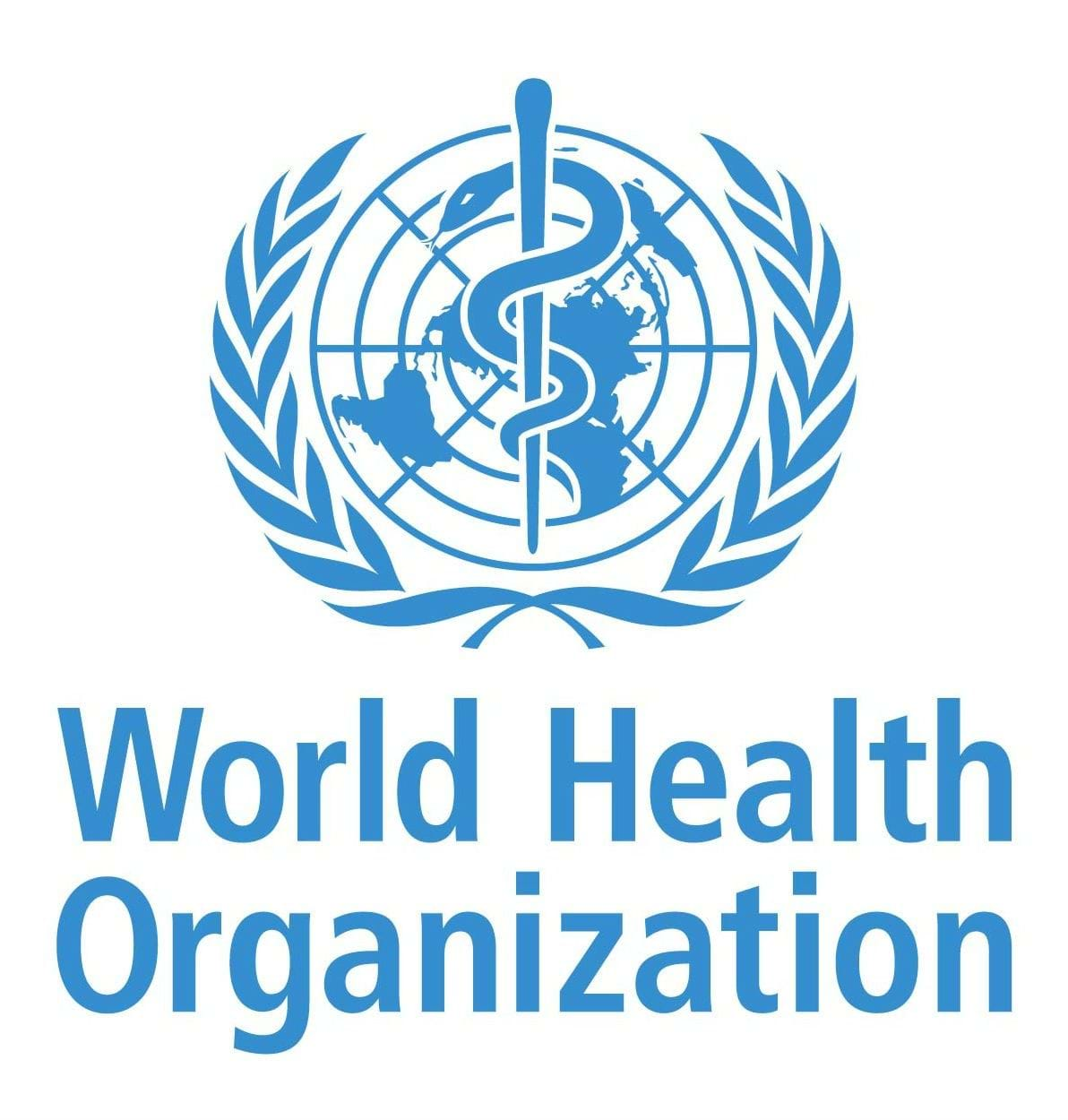Today, global partners and parent organizations worldwide will mark World Prematurity Day to honour the 15 million babies born too soon each year who struggle to survive and to recognize the more than one million children who die due to complications from premature births.
There is a general consensus that without a major push to reduce these deaths, we will not reach the Global Goal, endorsed by 193 countries, to end all preventable newborn and child deaths by 2030. While many organisations and groups will use this day as an opportunity to call attention to the heavy burden of death and disability and the pain and suffering that preterm birth causes, it is also a chance to talk about solutions. Preterm birth prevention, diagnosis, and management are collectively a smart strategy to accelerate achievement of the global goal to end all preventable newborn and child deaths and this strategy will simultaneously reduce maternal deaths and stillbirths and related health system costs.
While preterm birth rates are rising in most countries, deaths are concentrated in low- and middle-income countries; India, Nigeria, and Pakistan account for more than half of all deaths (UNICEF). Preventing deaths among babies born too soon is a major challenge for many countries. The good news is that countries are responding and creating more comprehensive and innovative plans to improve newborn survival and health. This World Prematurity Day, Nigeria and Nepal will launch Newborn Action Plans with new measures to accelerate progress for newborn health. The plans outline specific actions to improve the quality care for newborns and mothers during labour and birth, and for the provision of essential care during the first week of life.
Additionally, several innovations and initiatives are already in place to provide health benefits to premature babies and end preventable newborn and under-5 births by 2030:
- Kangaroo Mother Care: The practice of the mother, or other caretaker, carrying the newborn in early, continuous, and prolonged skin-to skin contact and exclusive breastfeeding.
- WHO Antenatal Care Guidelines: Recommendations on key interventions which can prevent pre-term birth including nutrition guidelines, introduction of ultrasound scans and doubling the number of contacts with health care professionals
This year, advocacy groups will also be calling on media to raise awareness of prevention and treatment and highlight innovations and simple measures that can help mitigate risks for preterm babies. More importantly, everyone can play a part in helping prevent preterm births, ensuring accurate diagnosis and caring for women in preterm labor and babies born too soon.
Action needed from all of society
- Invest in “LINC factor” (lifestyle, infection, nutrition and contraception) programs that reduce risks of preterm birth associated with lifestyle, infections and malnutrition during pregnancy, and lack of contraception
- Integrate preterm birth prevention with other strategies to improve the health of adolescent girls and pregnant women (e.g., HIV/AIDS prevention)
- Fund and report on research to identify risk factors for preterm birth and identify approaches to more effectively manage risk factors, especially in low-resource settings
- Prioritize development of new technologies to identify women at high risk of preterm birth
- Introduce new technologies into health systems so that women at risk of preterm birth are identified and treated earlier in pregnancy
- Integrate development and implementation of preterm birth diagnostic technologies with related innovations (e.g., tests for communicable and non-communicable diseases in pregnancy)
- Ensure that women deliver in facilities with qualified staff, especially midwives or other skilled birth attendants trained to care for women in preterm labor and the provision of essential newborn care
- Learn to identify sick and small newborns and provide them with special care such as skin-to-skin contact and respiratory support
- Disseminate joint statement on Kangaroo Mother Care that was endorsed by the major international professional associations and released on World Prematurity Day
- Equip health facilities to care for preterm infants depending on context (e.g., with neonatal intensive care units, special newborn care corners, kangaroo mother care wards)
- Set ambitious targets to reduce preterm birth rates, deaths and disability
- Measure the performance of staff, facilities and health systems: universal access to high-quality, essential health care will prevent the majority of deaths from preterm birth

.png?sfvrsn=6d0e27cd_1)



